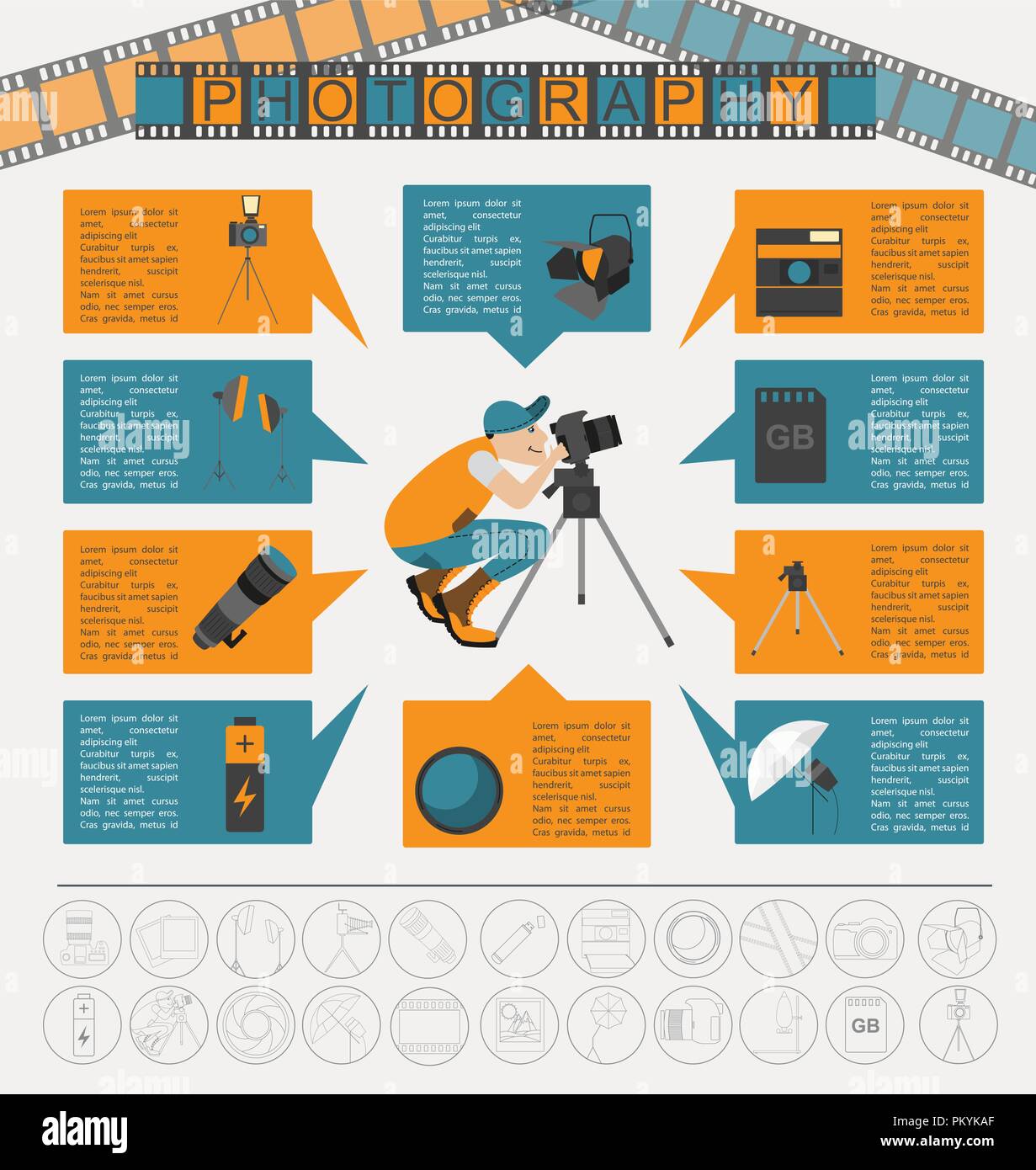What Every Photographer Needs To Understand About Lighting
What Every Photographer Needs To Understand About Lighting
Blog Article
Material Create By-Hinson Godwin
As a photographer, you recognize that lighting can make or break your images. Understanding the nuances of both all-natural and man-made light is important for catching the state of mind and clarity you go for in your job. Whether you're chasing the ideal gold hour glow or tweak your man-made setups, grasping these components can raise your digital photography significantly. Yet there are common pitfalls that many neglect, and identifying them can change your technique to every shoot. Allow's explore what you might be missing out on and exactly how it can influence your results.
Recognizing Natural Light
Comprehending natural light is important for any professional photographer aiming to enhance their job. It's the foundation of terrific digital photography, influencing mood, tone, and quality. When you shoot outdoors, focus on the time of day. The golden hour-- quickly after dawn and before sunset-- offers soft, warm light that can transform average scenes right into stunning photos.
Do not undervalue the power of overcast days. Cloud cover diffuses sunlight, developing a soft, also light that's perfect for portraits and macro digital photography. You'll find colors appear this kind of lights without harsh shadows.
Placing issues, also. Always consider your subject's positioning to the source of light. If the sunlight's behind your topic, you may end up with a shape, which can be remarkable but mightn't be what you want. On the other hand, straight sunshine can produce unflattering shadows.
helpful site , altering your perspective can generate fantastic outcomes. Usage all-natural reflectors, like water or sand, to bounce light onto your subject, including measurement.
Learning Artificial Light
Grasping man-made light is vital for digital photographers who wish to take their abilities to the next level. Whether you're making use of speedlights, studio strobes, or constant lights, understanding just how to control these resources can significantly improve your pictures.
Begin by familiarizing on your own with the essentials of light top quality, direction, and color temperature level. Explore Executive portrait headshot like softboxes, umbrellas, or grids to manage the soft qualities or cruelty of the light.
You'll locate that soft light often creates lovely results, while harsher light can add drama and deepness. Do not avoid darkness; they can enhance the three-dimensionality of your subjects.
Pay very close attention to the placement of your lights. A light located as well near to your subject can develop unflattering results, while too away can result in an absence of information. Utilize a light meter or your camera's histogram to guarantee you're exposing appropriately.
Finally, bear in mind that synthetic light can be blended with ambient light for imaginative results. Stabilizing these resources might take technique, once you understand it, your photography will genuinely shine.
Methods for Different Situations
When you step into different capturing circumstances, adjusting your lights techniques is essential for capturing the very best pictures. For outdoor pictures, use the gold hour-- early morning or late afternoon light-- to soften darkness and boost complexion.
If it's a rough midday sun, think about making use of a reflector to bounce light back onto your subject or seek shaded locations for a more even direct exposure.
In low-light situations, like indoor occasions, enhance your ISO and utilize a vast aperture to let in even more light. A tripod can assist remove cam shake, allowing for longer exposures without obscuring.
If you're shooting at evening, explore off-camera flash to produce dynamic illumination and depth in your images.
For item photography, make use of diffused lights to avoid rough representations. Softboxes or light tents can help accomplish this impact.
When photographing landscapes, think about the instructions of light and time of day, as it can drastically transform the mood of your shot.
Constantly prepare to adjust your settings and placing based on the scenario, as versatility is essential to mastering lighting in photography.
Final thought
Finally, grasping illumination is crucial to elevating your digital photography skills. Welcome all-natural light's appeal throughout gold hour, and do not shy away from try out man-made light methods. By adjusting your strategy to different situations, you'll capture spectacular photos that resonate with feeling and quality. Remember, the best lights can transform an ordinary shot into something phenomenal, so maintain exercising and improving your understanding of both all-natural and artificial light. Happy shooting!
